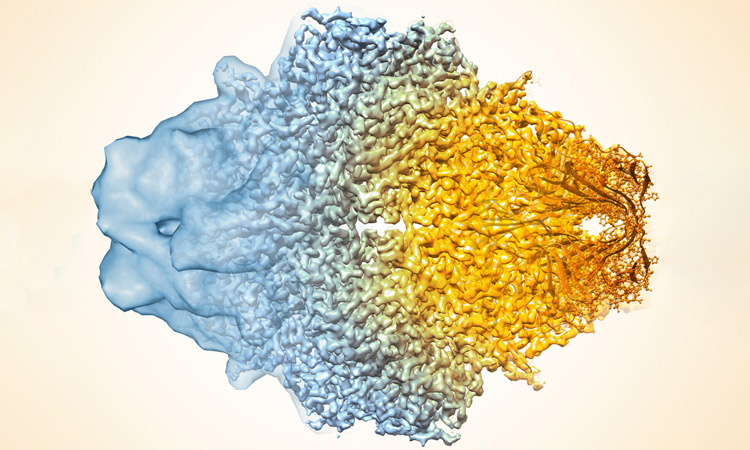New and rapidly developing technologies, such as cryo-electron (cryo-EM) and artificial intelligence, are providing the tools to revolutionize biomedical research, but you need scientists who know how to use them.
Big data just keeps getting bigger, fueling a revolutionary change in the way biologists must think about and study the human condition and, critically, how they translate new knowledge into novel drugs and therapies that treat diseases that have long defied understanding and remedy.
“The old way of doing science, where a sole principal investigator is in isolated lab working on a narrowly focused topic, is fast becoming obsolete,” says David Brenner, MD, president and CEO of Sanford Burnham Prebys.
“We’re in the midst of a biomedical research revolution where accelerating and transformative discoveries are happening every day, generating enormous amounts of data that old systems can’t handle. To be an effective and successful scientist in the 21st century requires input from different disciplines and with different tools that previously were not part of standard practice or the scientific method.”
Earlier this year, Sanford Burnham Prebys launched a singular program to address this new reality, deploying a $70 million gift from philanthropist T. Denny Sanford to recruit a cadre of early-career scientists in the fields of cancer, neurodegeneration and aging, cardiovascular disease and computational biology.
“These young researchers have learned about and trained in the tools of tomorrow,” says Brenner. “They are not daunted by the scope of work or its demands. They are the best of the best, coming from some of the finest institutions and labs in the world, with skillsets and tools that once were unimagined.”
The recruitment effort has already achieved notable results, with the hiring of six highly regarded early-career scientists.
Shengjie Feng, PhD
Feng, who joins the Institute in January 2024, is a postdoctoral scholar at Howard Hughes Medical Institute and UCSF, where she works with Yifan Cheng, MD Feng is an expert in cryo-EM. The imaging technology, which earned its developers the 2017 Nobel Prize in chemistry, can visualize the natural structures of proteins, nucleic acids and other biomolecules in high resolution and capture how they move and change as they perform their functions.
Elucidating these functions and interactions is fundamental to biochemistry, Feng says, and to understanding diseases and the development of new drugs and treatments. Cryo-EM can be used, for example, to identify drug-binding pockets on the proteins that are unique on viruses or cancer cells to prevent the spread of the pathogen or the growth of tumors.
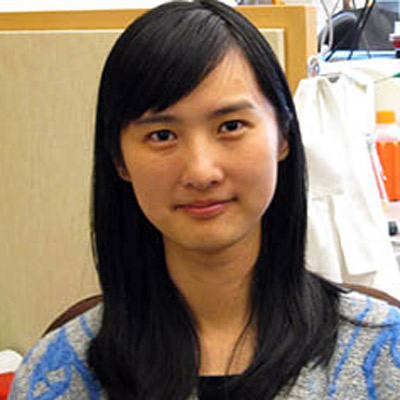
In Feng’s most recent cryo-EM study, she found a novel drug-binding groove in TMEM16F, an enzyme that moves lipids around in cell membranes that contributes to SARS-Cov-2-induced lung damage. This study is critical for understanding the mechanism of action and for designing drugs that target TMEM16F to potentially help COVID patients with severe symptoms.
Kelly Kersten, PhD
Kersten, who will join the Institute in January 2024, is currently a postdoctoral scholar at UCSF where she studies the complex interplay between the immune system and cancer, with a particular interest in the crosstalk between myeloid cells and T cells in the tumor microenvironment. She comes from the lab of Matthew F. Krummel, PhD.
“Cancer immunotherapy aims to boost anti-tumor T cell responses, but a majority of cancer patients fail to respond to this therapy,” said Kersten. “Many solid tumors are heavily infiltrated with myeloid cells called macrophages that are notorious for their suppressive properties of the immune system. Our recent work has highlighted cellular relationships in the tumor microenvironment that are likely to contribute to immune evasion and resistance to immunotherapy.”
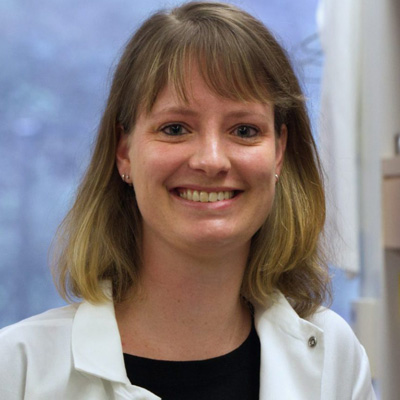
At Sanford Burnham Prebys, the Kersten lab will study how these interactions between myeloid cells and T cells shut down anti-tumor responses with the goal of identifying novel therapeutic targets that optimize current cancer immunotherapy strategies.
Sanjeev S. Ranade, PhD
Ranade officially joins Sanford Burnham Prebys on January 2024. He is currently a research staff scientist at Gladstone Institutes, an independent, nonprofit biomedical research organization located in San Francisco, where he works in the lab of Deepak Srivastava, MD.
Ranade’s primary research interests lie in understanding how certain proteins, called transcription factors, control different types of cardiac cells and how disruptions in cell-to-cell signaling can cause congenital heart defects (CHD).
“Most people don’t realize how common it is for children to be born with heart defects: more than 40,000 births per year in the United States,” Ranade says. “One in four babies with a CHD will be critical, requiring surgery or other procedures in their first year of life. In almost every other case, these defects will dramatically impact their lives growing up.
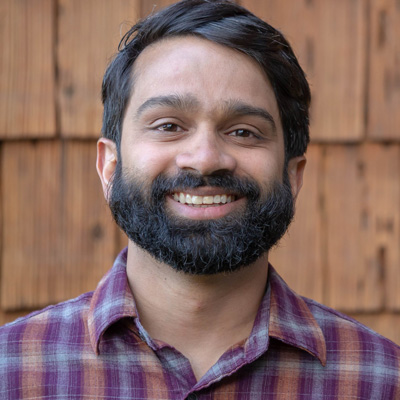
“Scientists have identified many of the genes and loss-of-function mutations associated with CHDs, but we’re still trying to understand the molecular mechanisms. Using machine-learning algorithms, CRISPR gene editing and single cell genomics technologies, my research will center on discovering new genes and regulatory elements in heart development and CHD.”
Sanju Sinha, PhD
Sinha joined Sanford Burnham Prebys on June 13, 2023 as an assistant professor in the Cancer Molecular Therapeutics Program. Previously he had worked at the Cancer Data Science Lab at the National Cancer Institute where he used the rapidly growing powers of AI to discover new drugs to prevent cancer.
“Cancer isn’t solely the consequence of cell mutations,” says Sinha. “There must be other triggers as well, such as changes in their environment. To help treat, and even prevent, cancers, we need to identify those triggers and develop therapeutic interventions that can stop cancer early or before it begins.”
Case in point: Sinha is the co-inventor of a new computational tool called DeepTarget, which integrates data from genetic and drug screens to comprehensively and quickly characterize the mechanism of action (MOA) of cancer drugs. MOA is how a drug or substance produces an effect in the body.
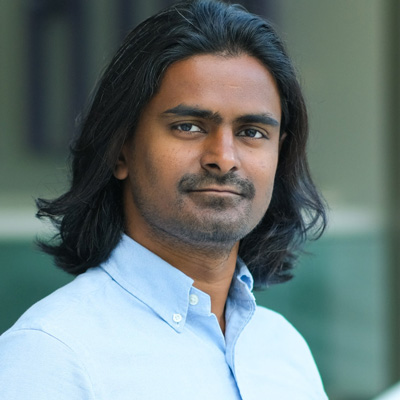
DeepTarget accurately predicts a cancer drug’s primary and secondary cellular targets, as well as its specific affinity for wild-type or mutated-target forms. In a preprint paper posted on the bioRxiv site, Sinha and his colleagues describe using DeepTarget to screen approximately 1,500 cancer drugs and 18,000 possible target genes.
“We found that DeepTarget’s predicted specificity of a drug to its target was strongly associated with its success in clinical trials and thus increased the likelihood of eventual FDA approval. We can speed up drug discovery and get new medicines to market faster, including for currently undruggable cancer oncogenes.”
Kevin Tharp, PhD
Tharp, who will join join the Institute in November 2023, is a postdoctoral scholar at UCSF Health’s Center for Bioengineering & Tissue Regeneration and a member of the lab of Valerie M. Weaver, PhD, There, he studies the interplay between mitochondrial metabolism and the physical properties of the tumor microenvironment.
At Sanford Burnham Prebys, Tharp will use genetically engineered mouse models and bioengineered human tumor models to define the mitochondrial programming unique to cancer cells in the tumor microenvironment. The goal will be to develop new therapies that block the metabolic adaptations that cancer cells use to metastasize, a major cause of cancer-associated mortality.
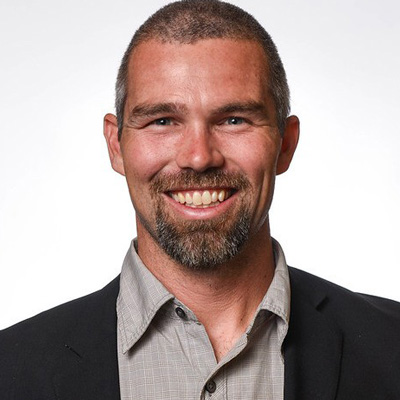
“Current approaches to identify druggable vulnerabilities in cancer metabolism rely on models that lack physiological relevance,” says harp. “Cells grown in vitro on perfectly smooth and supraphysiologically stiff plastic surfaces display metabolic programming that is distinct from in vivo phenotypes.
“By developing bioengineering approaches that improve our ability to model in vivo metabolic behavior of human cancer cells, we expect that we will be able to identify new therapies with a greater potential to translate into clinical success.”
Xiao Tian, PhD
Tian, who will join Sanford Burnham Prebys in January 2024, is a research associate at Harvard Medical School, where he studies the processes of aging and how they might be delayed or even reversed.
Working with David A. Sinclair, A.O., PhD, co-director of the Paul F. Glenn Center for Biology of Aging Research at Harvard Medical School, Tian has been a key member of an international team that recently demonstrated for the first time that the way DNA is organized, regulated and degrades can drive aging in an organism, independent of changes to the genetic code itself.
In other words, aging is not solely driven by the accumulation of changes to DNA—primarily genetic mutations that degrade and prevent vital biological functions, but rather by changes to non-gene molecules within cells that tell genes what to do with DNA and how to do it.
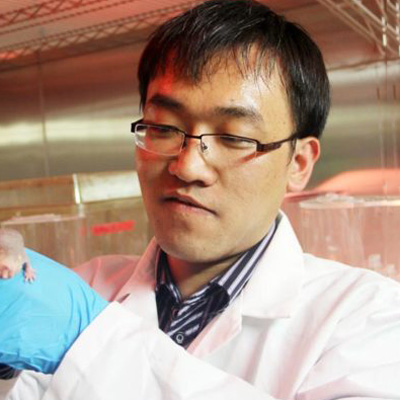
“Loss of epigenetic information is fixable, which means that it’s a reversible cause of aging,” says Tian. “And that suggests that we might have reached a point where we can control at least some of the factors that drive aging, leading to potential treatments for diseases associated with it. This new idea transforms our perspective on what it means to age and what we can do to age better.”
